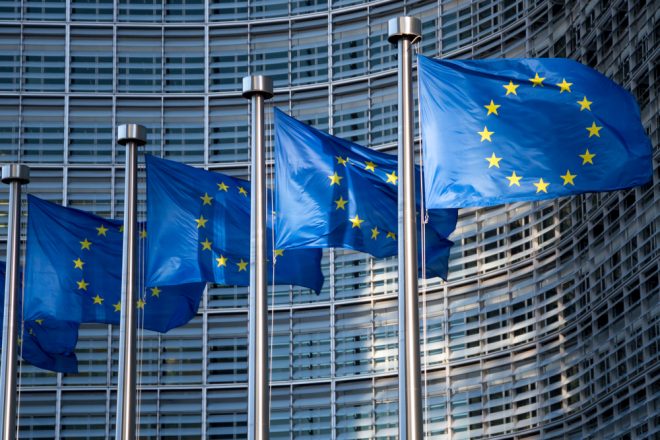新西兰已经与欧盟签订了自由贸易协定。该协议全面实施后,估计每年价值18亿美元。
一旦付诸行动,该协议将取消对新西兰产品征收的91%的关税,并将为出口商节省约1亿美元的关税。
该协议已经制定了四年,谈判一直持续到最后一刻,将于周四凌晨结束。双方的内部人士都表示,只有通过政治领导人之间的谈判,才能达成协议,官员们陷入僵局。
该协议向欧盟开放了来自新西兰的乳制品、肉类、海鲜和奇异果的出口。
此外,谈判代表称之为 “绿色协议”。尽管细节尚未公布,但如果政策不符合《巴黎气候协定》,则有一方可以将另一方提交国际仲裁的机制。
谈到新达成的协议,总理贾辛达·阿德恩说:“它为进入限制性农产品市场的出口商带来了切实的收益。它降低了出口商的成本和繁文缛节,开辟了新的高价值市场机会,并通过使我们可以更自由地出口的市场多样化来提高我们的经济弹性。
欧盟是新西兰的第四大贸易伙伴,截至2021年12月的一年中,双向商品和服务贸易的价值为175亿美元。




























































